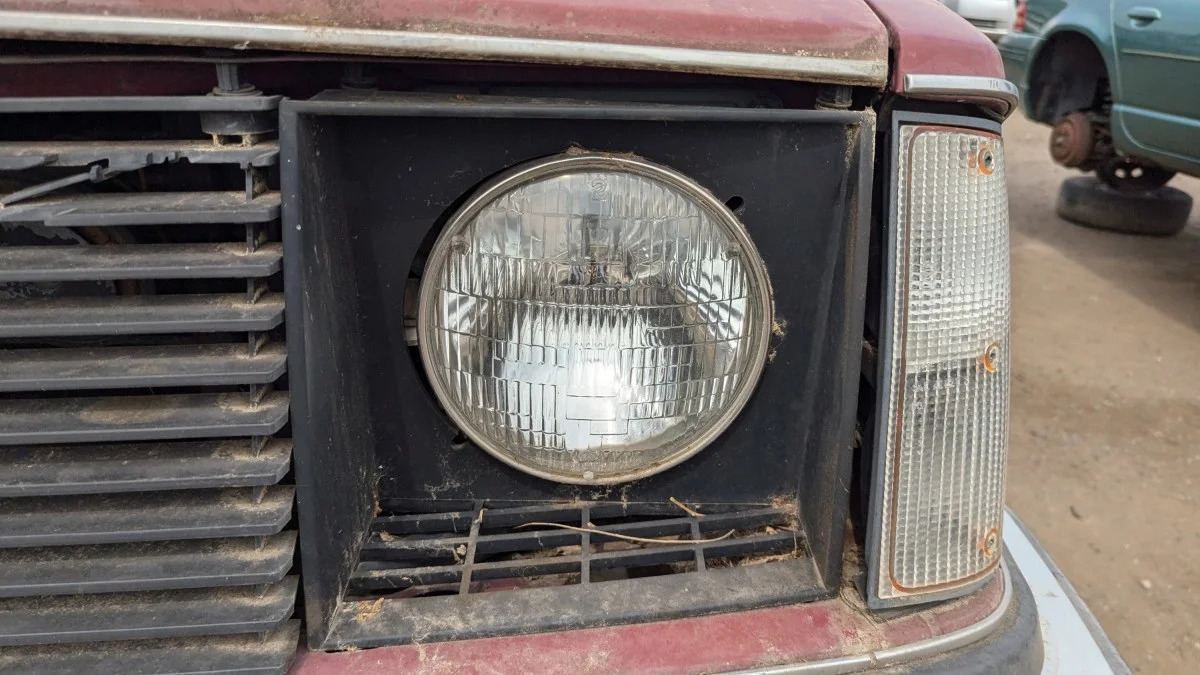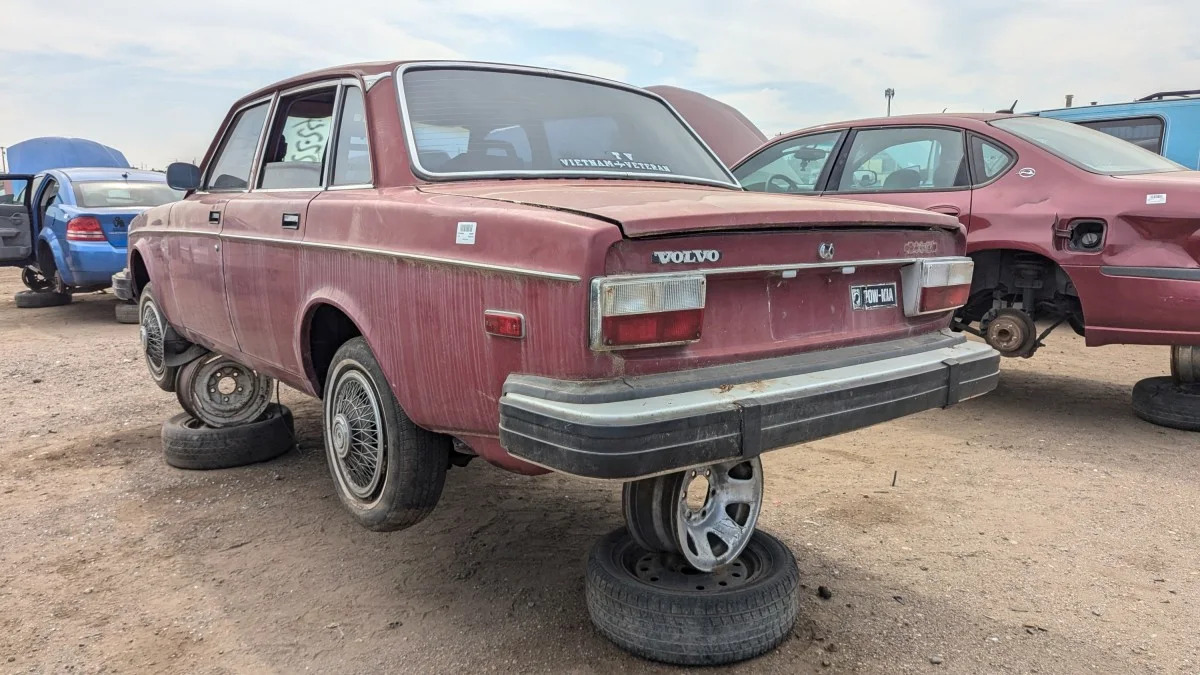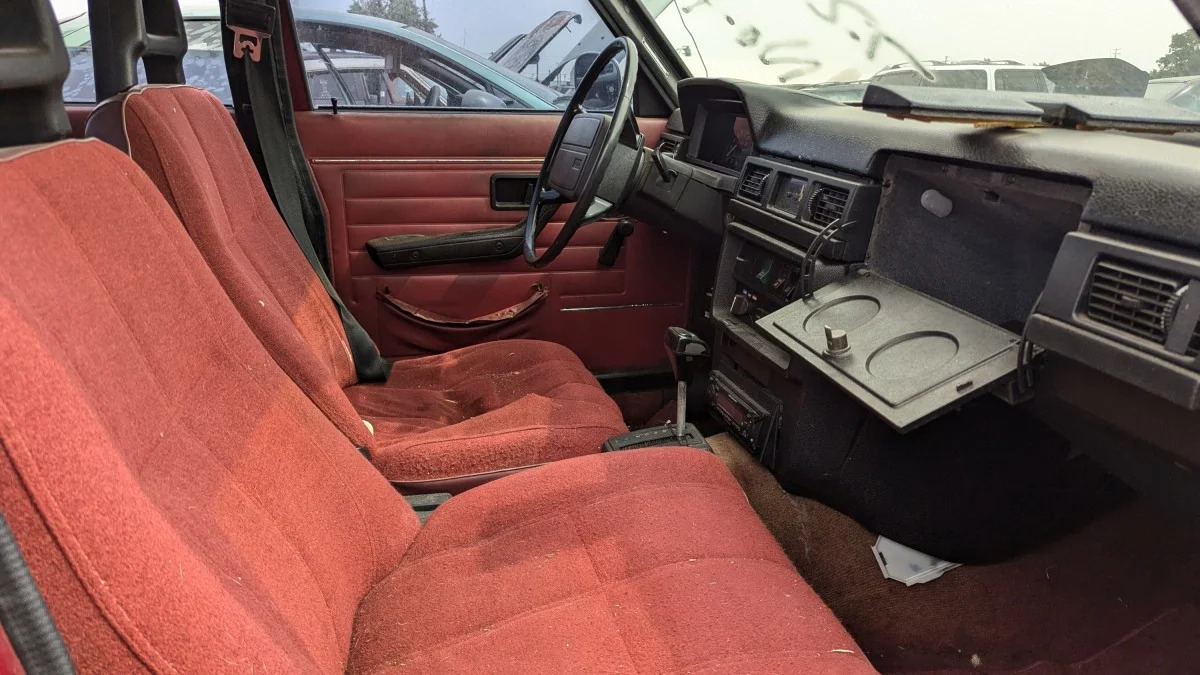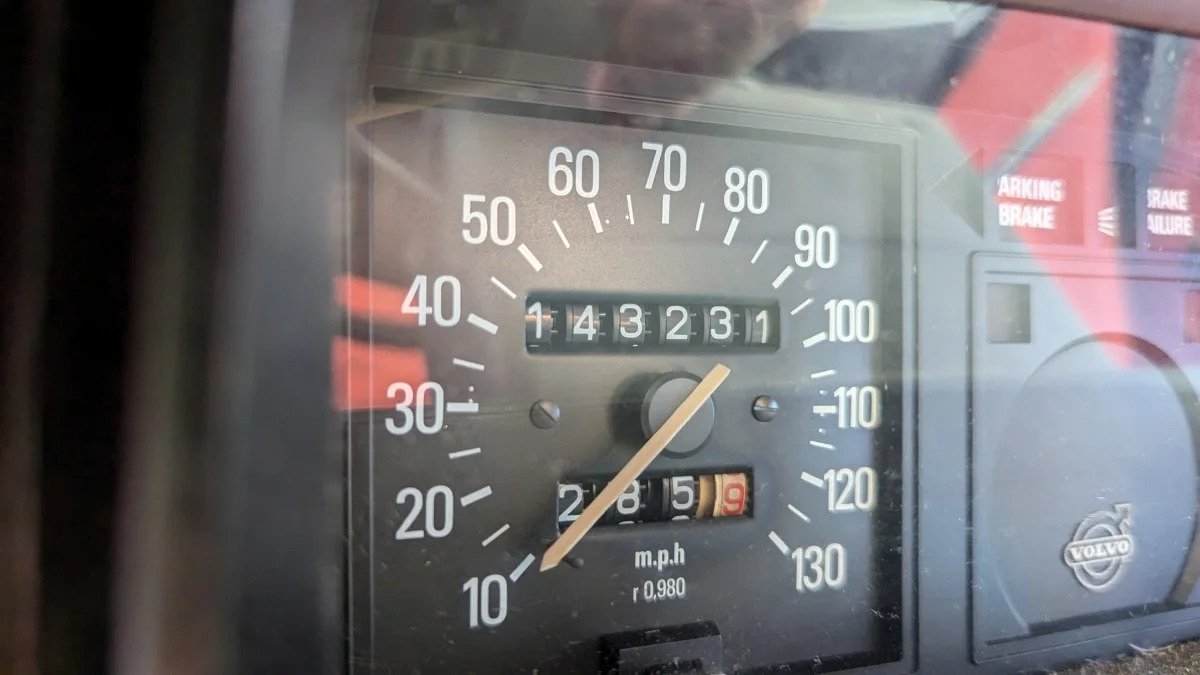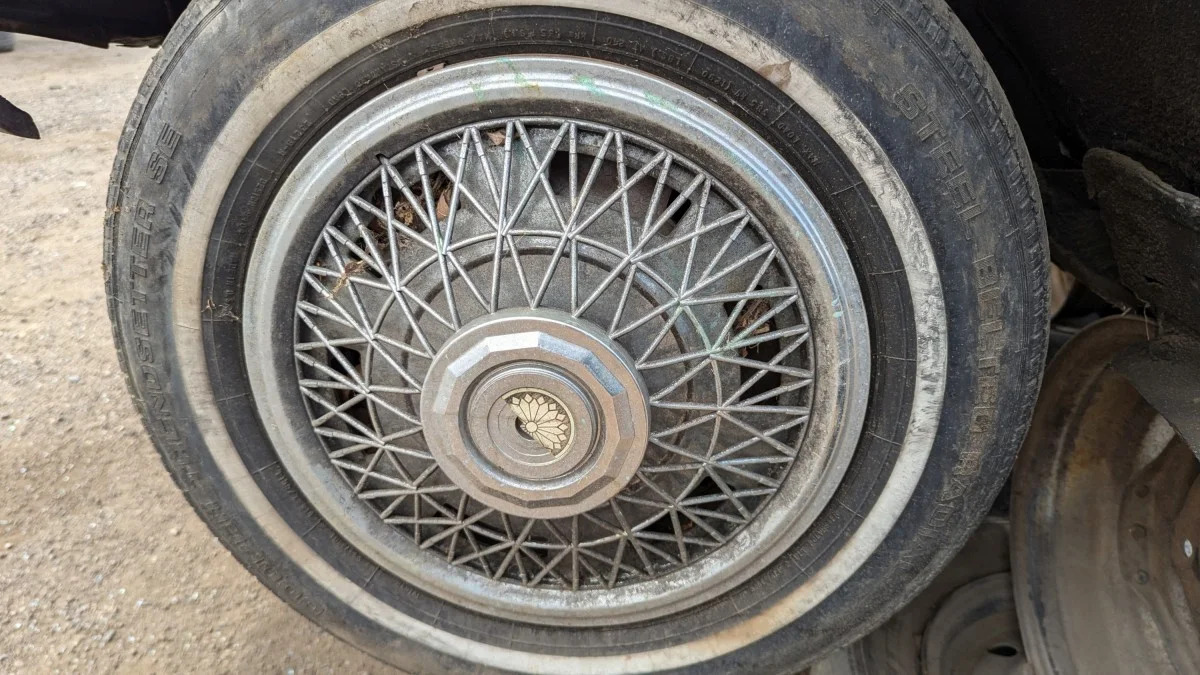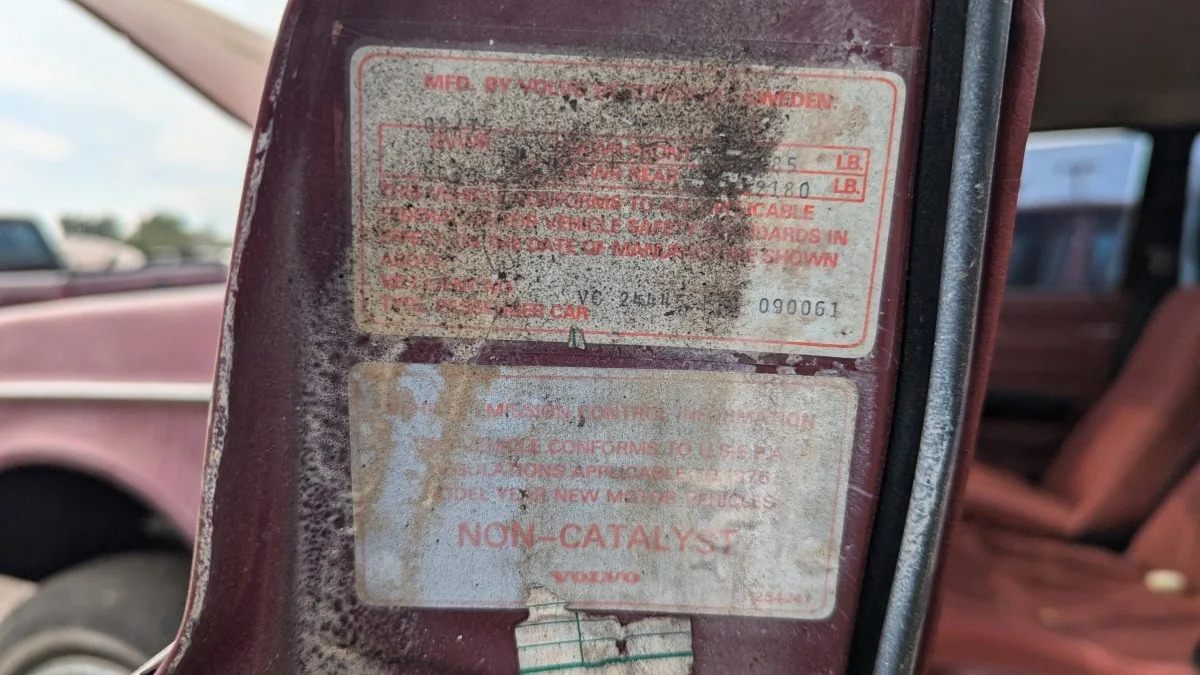Volvo did well enough selling the PV444/544, Amazon and 140 in the United States, but it was the Volvo 200 Series that really launched Göteborg iron into the American big time. Introduced here as a 1975 model
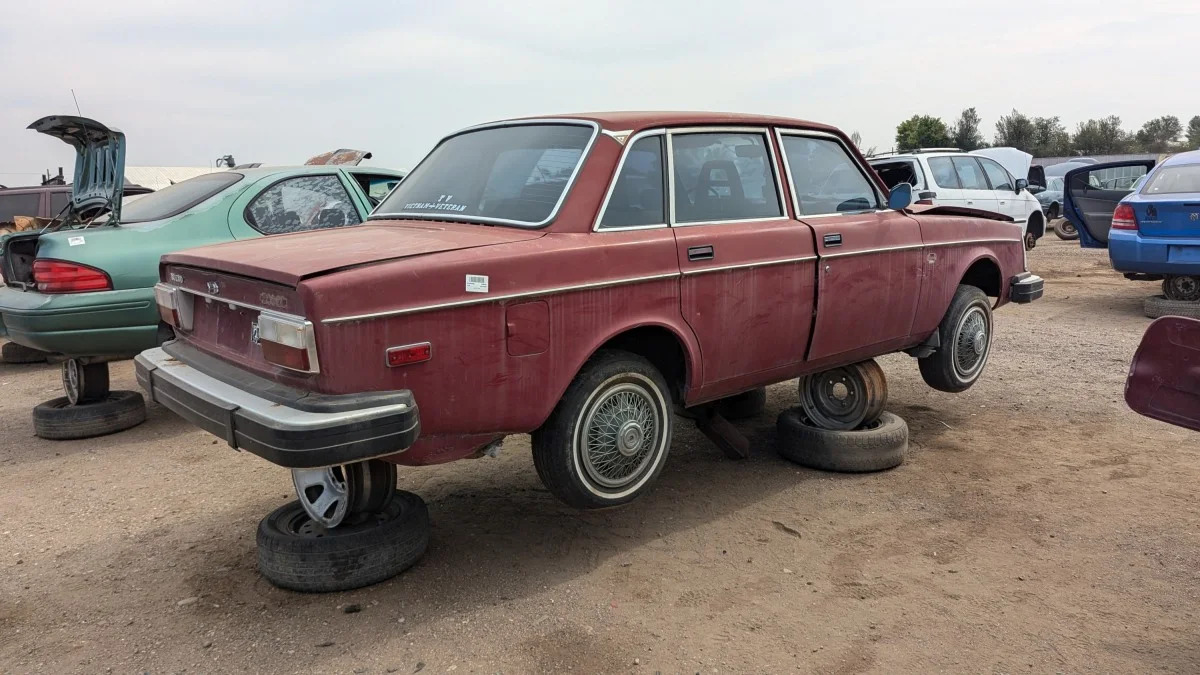
The 200 Series could be considered an update of the late-1960s-vintage 140 Series, since it’s essentially the same car from the A pillars back. The main difference between the two is the MacPherson strut front suspension in the 200 Series.
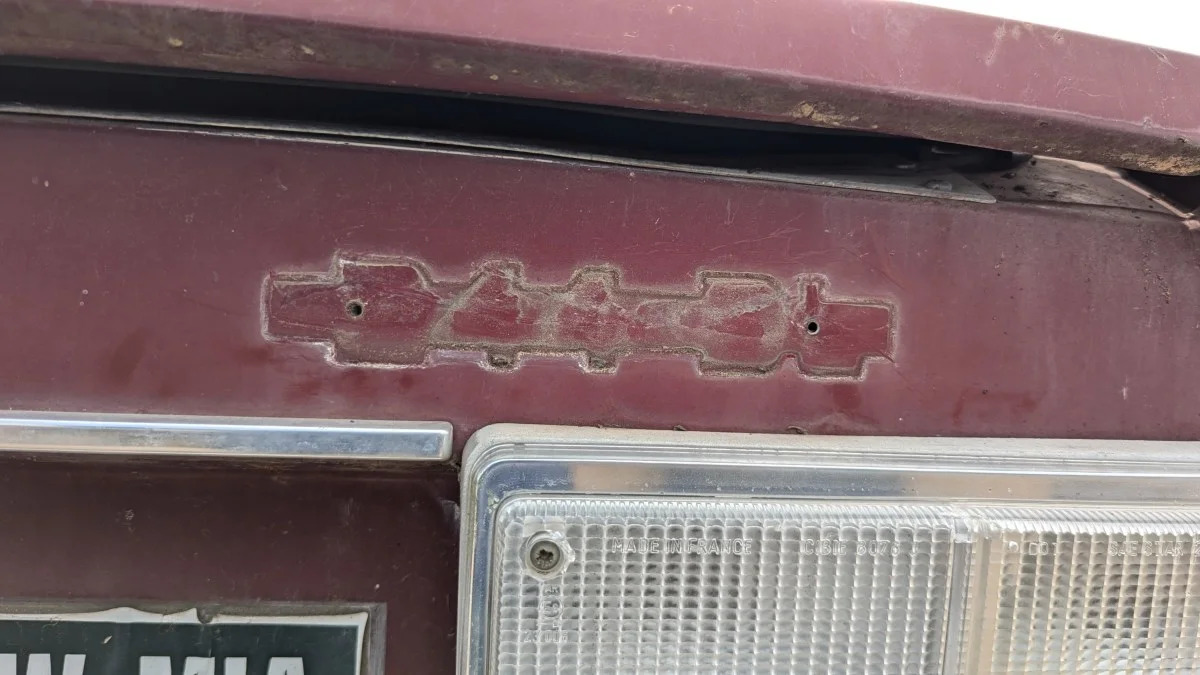
Volvo went through several naming systems for U.S.-market 200 Series cars over the decades, with the initial one being the easiest to decipher: a three-digit number followed by a two-character trim-level designation. The first digit in the number represents the series, the second represents the number of engine cylinders and the third the number of doors. There were six-cylinder 262s, 264s and 265s sold in the United States from 1976 through 1981, powered by the same PRV V6 engine that went into the DeLorean DMC-12, so it’s incorrect to refer to all 200 Series Volvos as 240s.
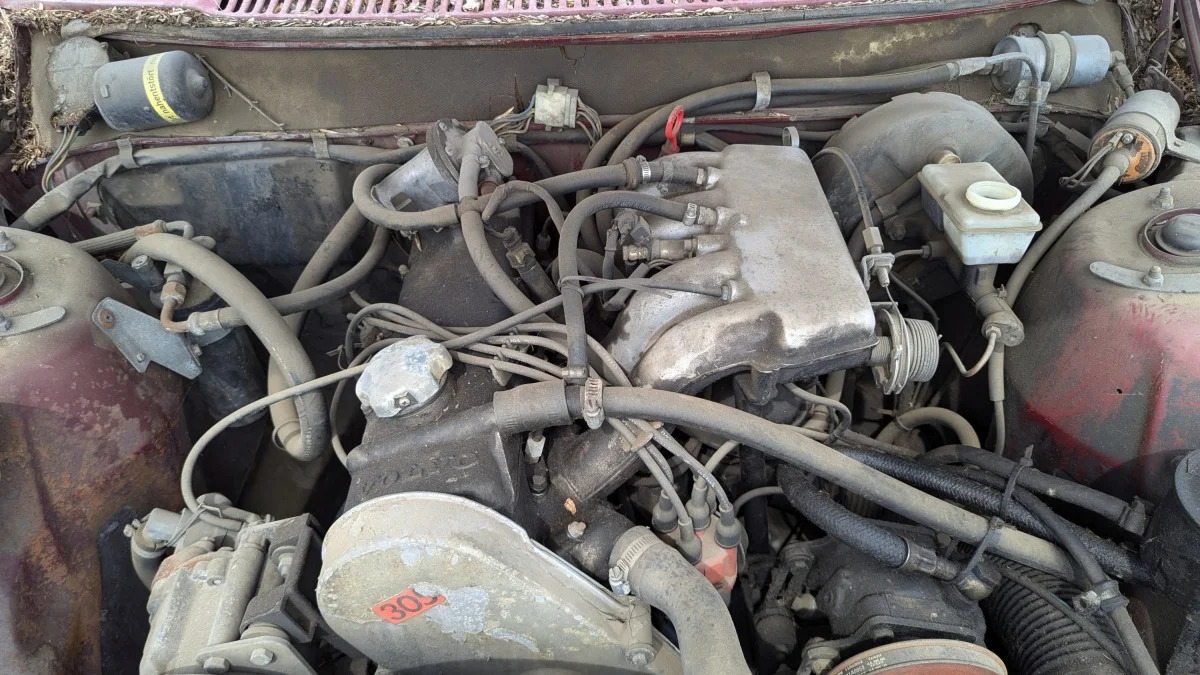
This car is the best-selling member of the 200 family, with a four-cylinder engine and four doors. This is a fuel-injected 2.1-liter SOHC straight-four, rated at 98 horsepower and 110 pound-feet; the 1975 240s received the 2.0-liter pushrod engine from the 140.
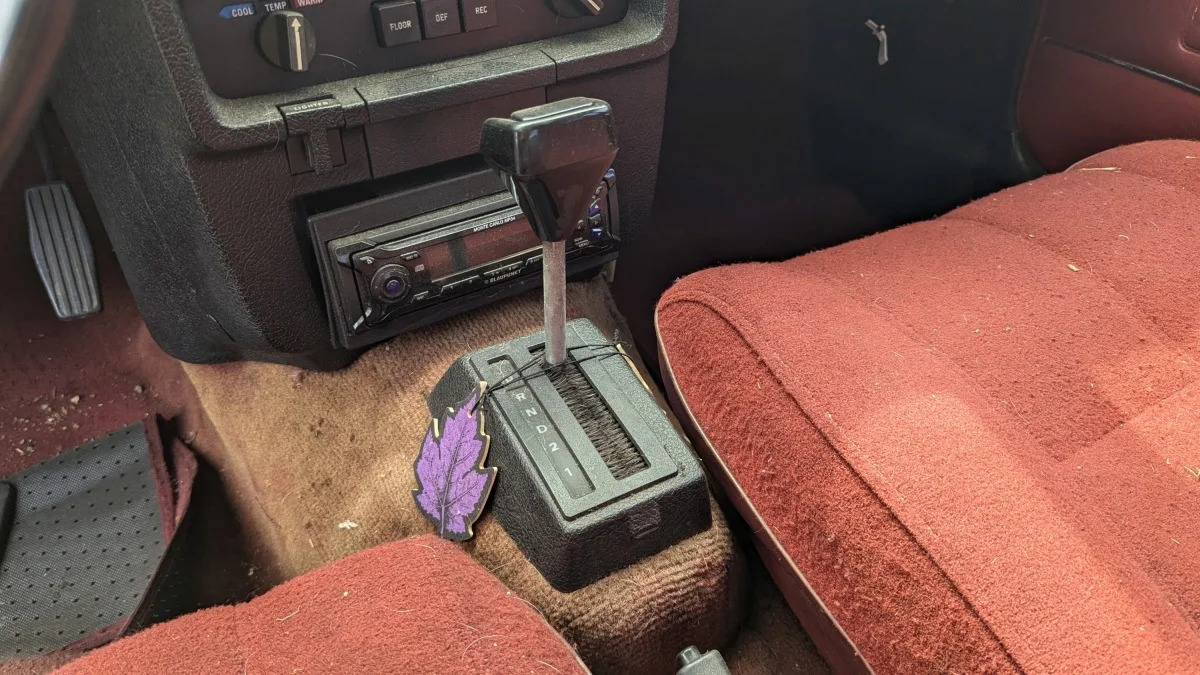
There were two transmissions available in the 1976 240s: a four-speed manual or a three-speed automatic. This car has the automatic.
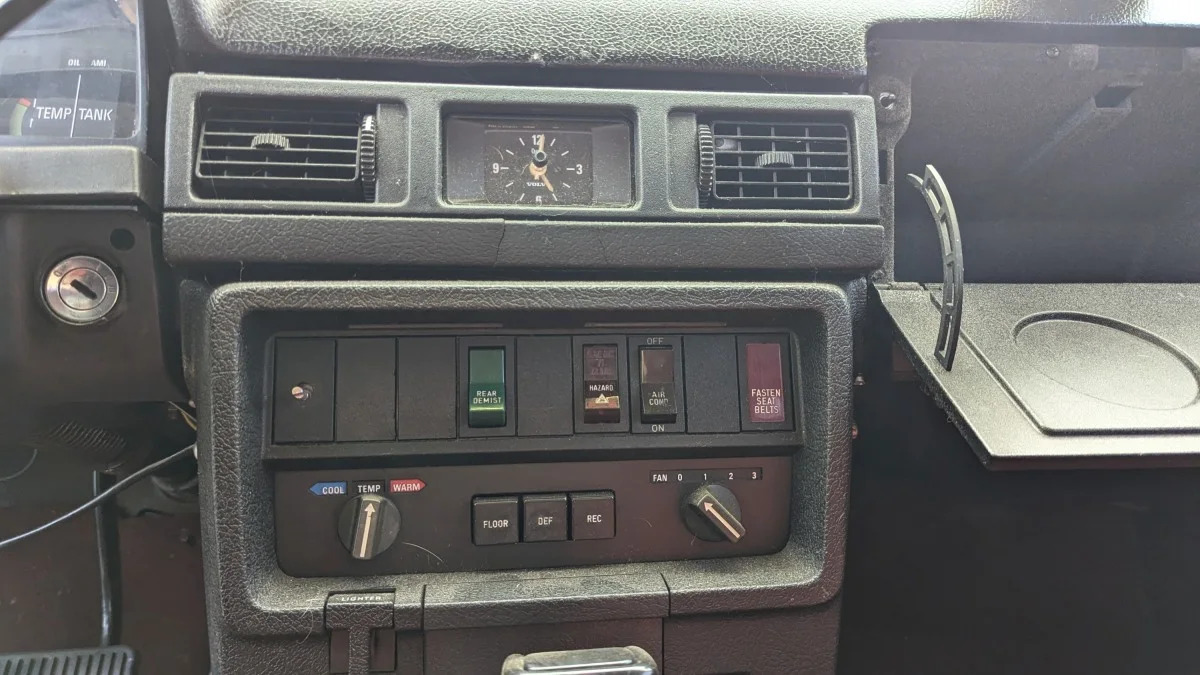
Even thought it’s a base DL model, this car’s first owner paid an extra $456 for air conditioning (about $2,580 in 2024 dollars), on top of the $500 premium for the automatic transmission ($2,829 after inflation). That pushed the cost for the car up to $7,551, or $42,717 in today’s money. You could get a swanky new 1976 Buick Electra Limited four-door hardtop
